Sebastian Harris, youngest person ever to explore the Titanic wreck, details how he lost consciousness during ‘dangerous’ expedition
The youngest diver to visit the wreckage of the Titanic recalled how he briefly lost consciousness during his historic 2005 journey — and noted the “inherently dangerous” nature of the trip in the wake of the OceanGate submersible disaster.
Sebastian Harris, son of Titanic expedition leader G. Michael Harris, was just 13 when he, his dad and a pilot went to the depths of the sea.
“During our dive, we had a small safety issue. Suddenly our oxygen levels started to drop and I fell unconscious while we were diving down,” Harris told The Sun during the search for the lost Oceangate vessel last week.
“Fortunately my father and our pilot did not experience the same issue, otherwise it may have been fatal,” adding, “but these sorts of small issues can and do happen with regularity, so the certification and safety of these vehicles is so important,” he said.
Five people, including Oceangate CEO Stockton Rush, were killed when the submersible imploded while trying to reach the Titanic site.
“These activities are inherently dangerous,” Harris said. “A 13-year-old doesn’t really have a sense of their own morality, so I was blissfully ignorant to a degree, but in different circumstances that could’ve ended in tragedy.”
With his father, Harris traveled 12,850 feet below the surface of the North Atlantic Ocean to explore the Titanic’s remains.
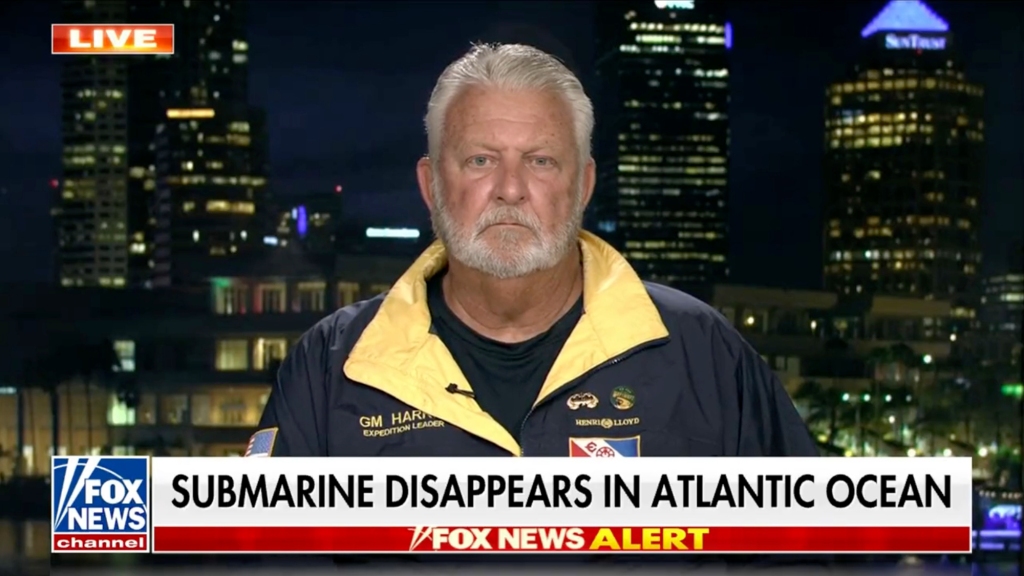
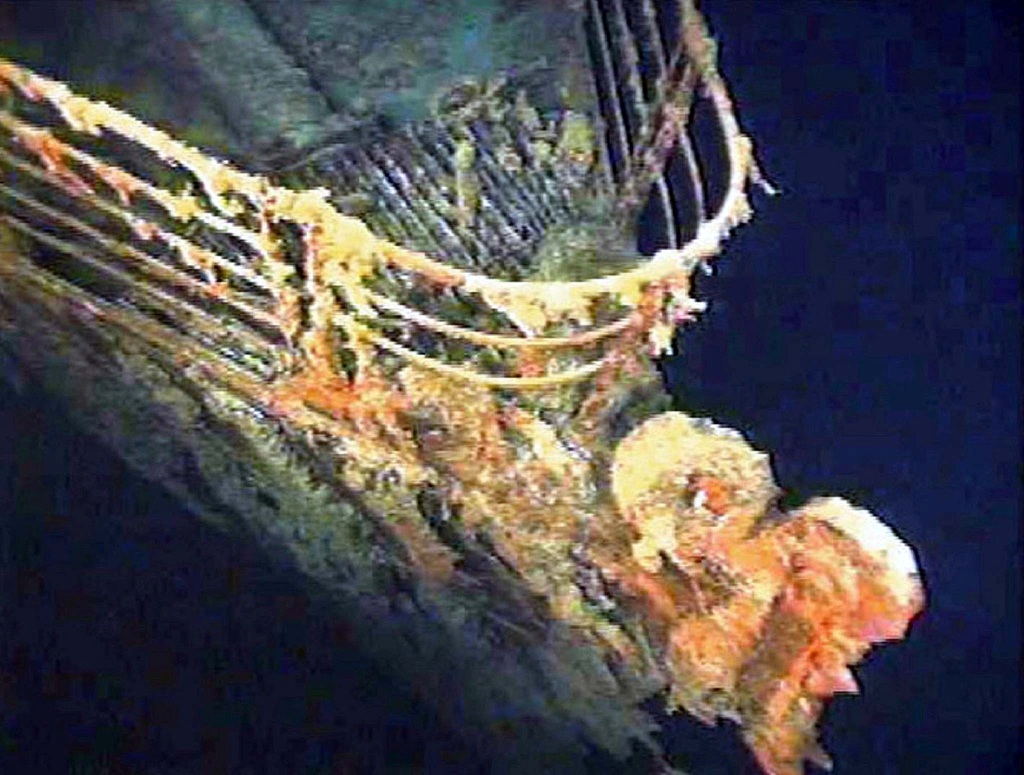
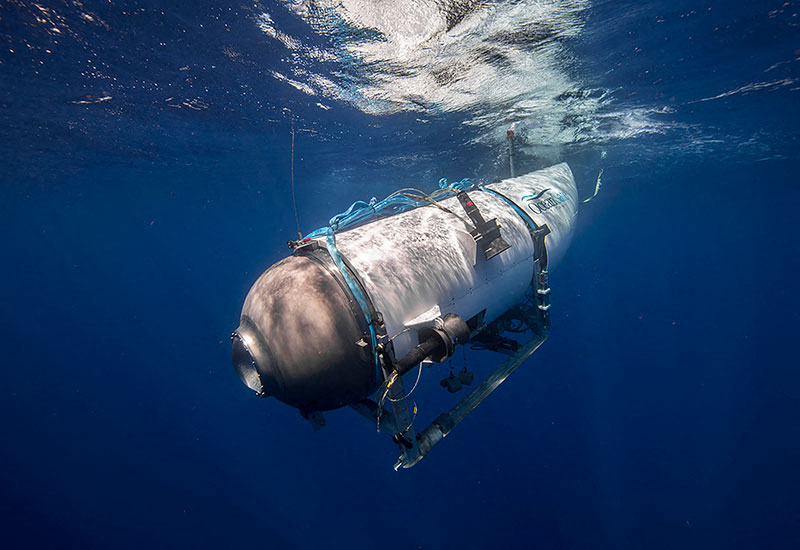
The 12-hour trip, which was on a Russian Mir II submersible, earned him a Guinness World Record due to his young age.
He spoke about the preventative measures aboard his vessel, the Mir, which were absent from the OceanGate Expeditions one, such as the dog hatch and tracking devices.
“The Mir I dove in had a dog hatch at the top of the submarine, which from my understanding is there if you need to open it at the surface and there’s enough time for two or three people to get out,” he told the outlet.
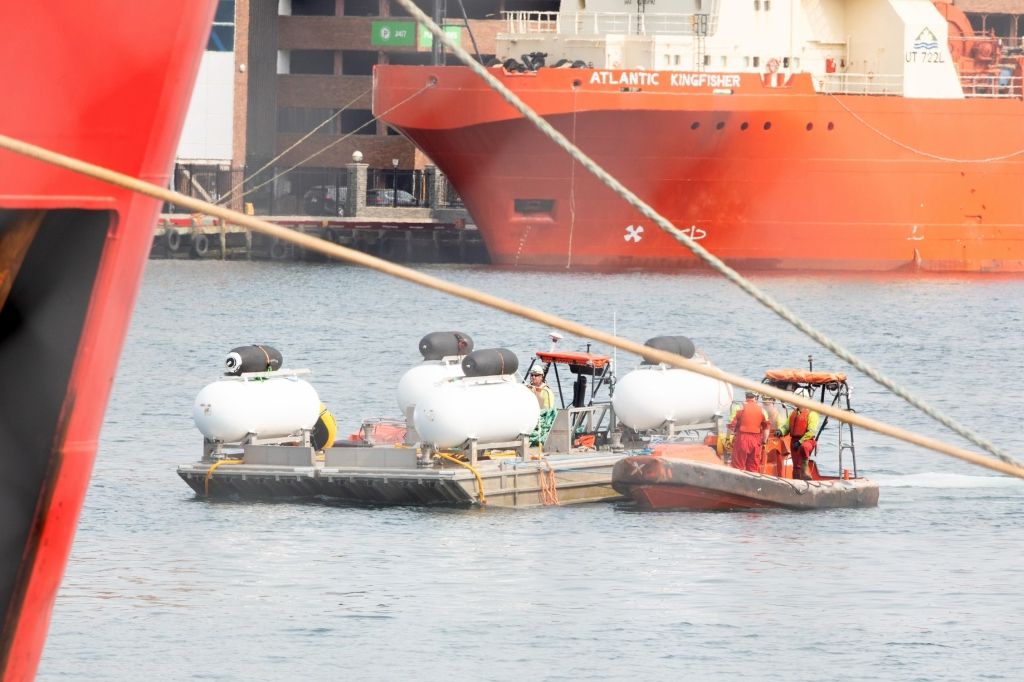
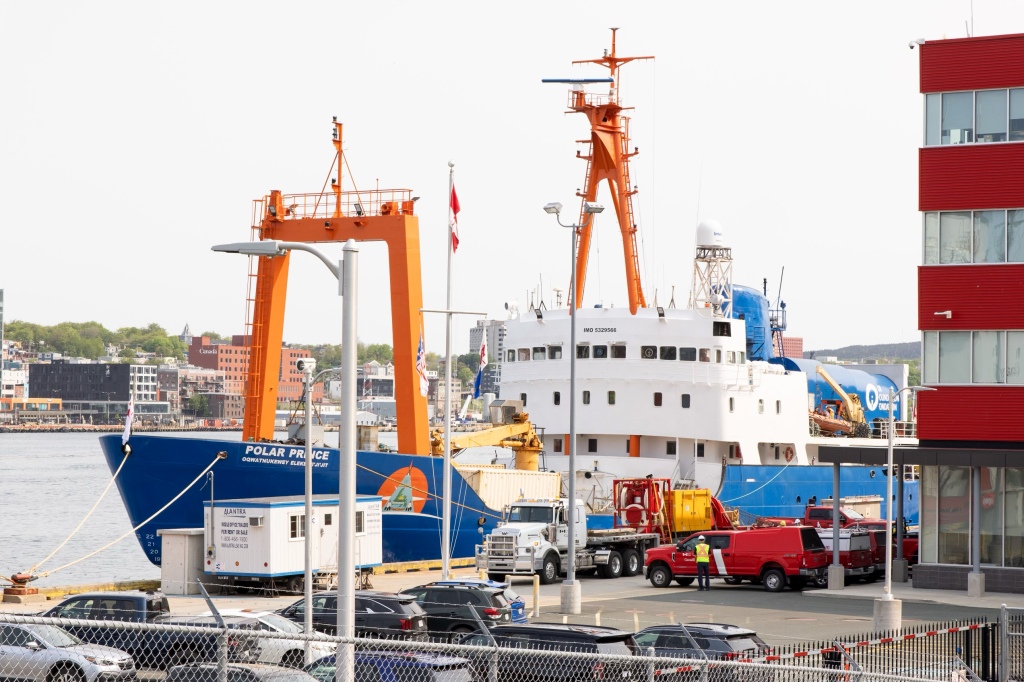
“But what we’re dealing with in the Titan, there’s no dog hatch, you are placed in an open cylinder and then bolted into place. That isn’t consistent with submersible safety standards and it would’ve made [any potential] rescue very, very challenging.”
His father and his colleagues had a near catastrophic incident while diving the Titanic — but he still took the exhibition.
“What happened was they basically came up to the surface in very rough seas and the large ship, their main ship, landed on top of the submarine and it was a very bad deal,” he said.
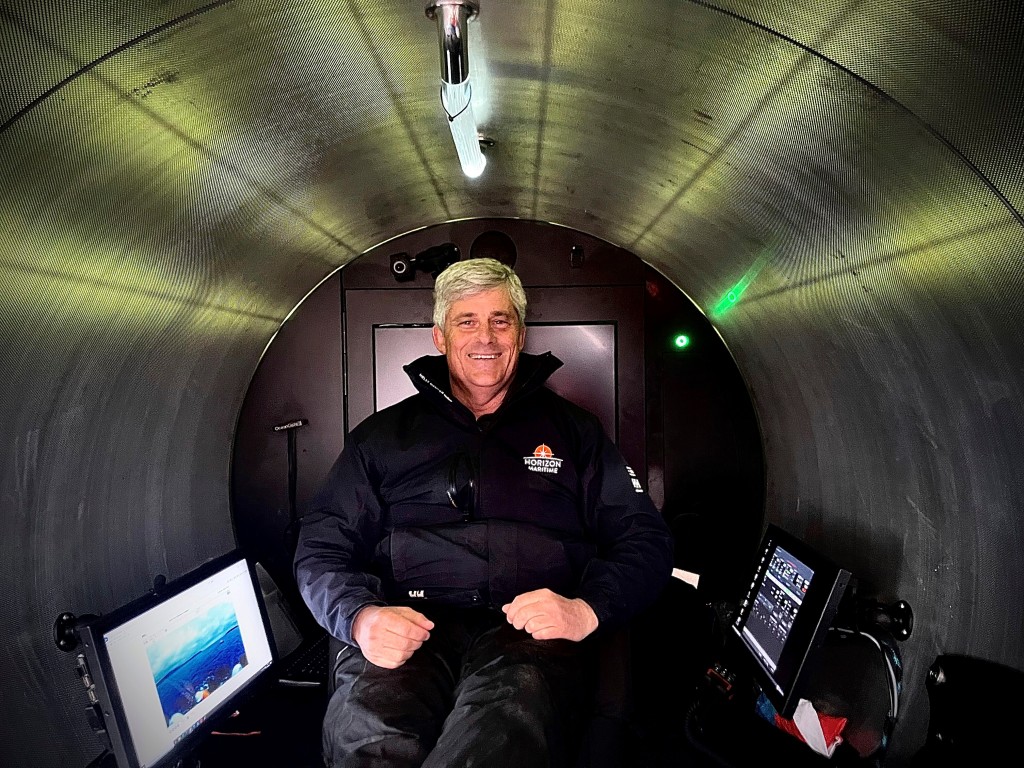
However, he said he would never have step foot on the Titan.
“I can’t say that I would go on it, no,” he said. “The Mir submersible I went on had several hundred dives logged before we set off.”
He said the industry should use the tragedy as a teaching moment and that the passengers are not to blame.
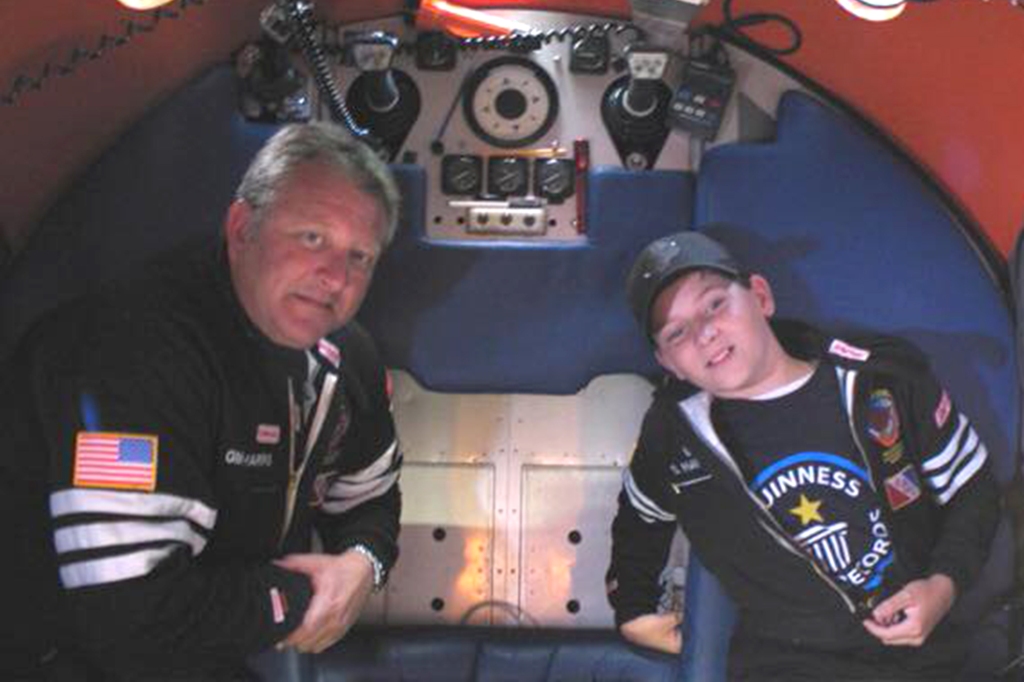
“I think the biggest takeaway from all this is anybody who is interested in this kind of tourism needs to do their due diligence and kind of take their safety into their own hands and have a very clear understanding of what they’re dealing with,” he stated.
“There’s no blame to be had on the four individuals [aboard the Titan] in any way, shape, or form, but I think if one good thing comes from all this, it’s just like the sinking of the Titanic was super impactful on maritime safety regulations, that something similar happens here too.”
Read the full article Here


